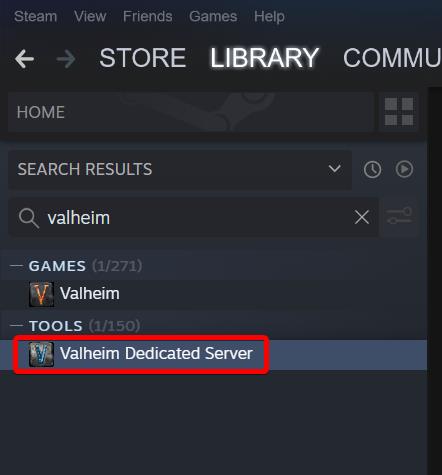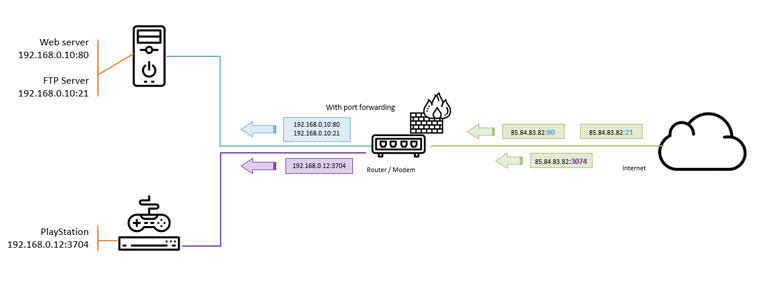

- #PORT FORWARD NETWORK UTILITIES STEAM HOW TO#
- #PORT FORWARD NETWORK UTILITIES STEAM PASSWORD#
- #PORT FORWARD NETWORK UTILITIES STEAM FREE#
- #PORT FORWARD NETWORK UTILITIES STEAM WINDOWS#
Ssh -L localhost:10143::143 -L localhost:10022::22 -p 443 in Konqueror, I simply go as a SOCKS server Turns out that you can enable several redirections in the same tunnel: In fact, I want to open a webspace in Konqueror, via the fish KIO plugin. You should be able to fetch your emails, despite the firewall.Īt the same time, I also want to connect to another server, via SSH. Then set up your email client to use localhost as incoming server, and 10143 as the port number. We basically use the server to forward the IMAP connection. Ssh -L localhost:10143::143 -p 443 will forward any IMAP requests received on localhost port 10143 to port 143, all through a SSH tunnel. Create a SSH tunnel with the following command: Say that you want to access to email account via IMAP (port 143) when the firewall forbids it. This will allow you to open the tunnels to the server without having to type in your password.

#PORT FORWARD NETWORK UTILITIES STEAM PASSWORD#
You may want to set up your access so that no password is required to log in, using SSH keys for instance. You should be able to log into your server, from behind the firewall, with the following command: It now listens on port 443 (in the configuration file, you can leave the other ports, such as 22). Log into your server, and edit the file /etc/ssh/sshd_config and add the line: We will set the server to be listening on the port 443, so that we can SSH into it using the port usually reserved to HTTPS. Since I was in a rush, I did use Anyterm to be able to access the server for the initial configuration. If you are already behind the firewall, you will not be able to log in the server. You need to access your server at least once via regular SSH, port 22, in order to set it up. However, SOCKS, when working, has the advantage of not requiring any changes of configuration in your applications. Some applications don't play well with SOCKS, so simple tunneling works better. I find that using both solutions allows me to do almost everything. Some applications, such as Firefox, supports SOCKS, others can be tricked using tsocks. The second solution is to create a SSH tunnel, but rather than listen to a specific port on your machine, what we do is to use SSH as a SOCKS server to redirect every connections from an application, through the tunnel, directly to Internet (and via our server). So you can for instance create an IMAP connection from your machine to any mail server out there, even if the firewall disallows IMAP, simply telling your mail client to connect to localhost:10000. This tunnel listens on a given port on your machine, and redirects everything to Internet, through another given port on the server. What we do is create a SSH tunnel, which connects from your machine, to your server, through port 443 (HTTPS port). The first solution using simple SSL tunneling.
#PORT FORWARD NETWORK UTILITIES STEAM FREE#
You may want to use a free shell provider such as SilenceIsDefeat as your server, but make sure you can access SSH through port 443.
#PORT FORWARD NETWORK UTILITIES STEAM WINDOWS#
You can probably have it to work on Windows too, using other tools
#PORT FORWARD NETWORK UTILITIES STEAM HOW TO#
How to bypass strict firewalls on public wifi hotspots and restricted networks, by tunneling blocked ports and protocols Public wifi hotspots and restricted internet access


 0 kommentar(er)
0 kommentar(er)
